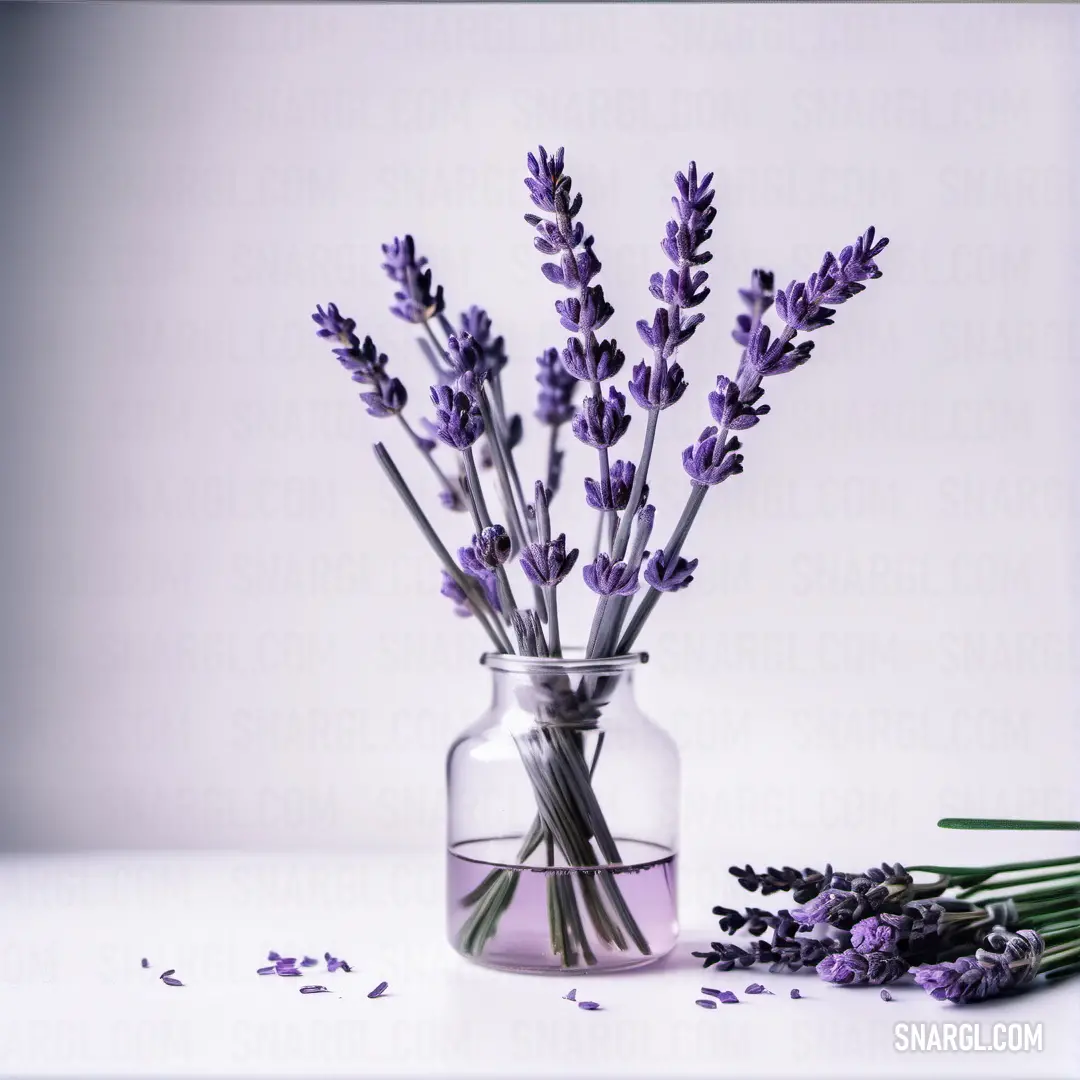Long time ago, in the quaint village of Chromaville, where every house was painted in vibrant hues, there lived a farmer named Ravindra Takemura. Ravindra was known for his lush fields of exotic vegetables, but his most prized crop was the ube, a purple yam that was as delicious as it was colorful. Little did he know, this humble root would soon change the world.
One sunny morning, as Ravindra was harvesting his ube crop, he noticed something peculiar. The ube he pulled from the ground had an unusually intense purple color, almost glowing. Intrigued, he decided to experiment with the pigment. He crushed the ube and mixed it with water, creating a rich, vibrant purple dye. Excited by his discovery, he painted a small section of his barn with the new color.

A fantastical creature taking flight, set against a dreamy, starry night filled with light and mystery.
Meanwhile, in the bustling city of Coloropolis, a delivery worker named Betsey Phoenix was making her rounds. Betsey was known for her speed and efficiency, but she had a secret passion for art. She loved to paint in her spare time, always searching for new and unique colors to use in her creations.
One day, Betsey received an unusual delivery request from Chromaville. She was to pick up a mysterious package from Ravindra's farm. Curious, she made her way to the village. When she arrived, Ravindra greeted her with a smile and handed her a small vial of the ube dye.
"This," he said, "is a revolutionary new color. I call it 'Ube Purple.' It's unlike anything you've ever seen."
Betsey was skeptical but intrigued. She took the vial and returned to her apartment in Coloropolis. That night, she decided to test the dye on one of her canvases. As soon as she applied the ube purple, she was amazed. The color was so vibrant and unique that it seemed to bring her painting to life.
Word of the new color spread quickly. Artists from all over the city flocked to Betsey's apartment to see the ube purple for themselves. Soon, the demand for the dye skyrocketed, and Betsey found herself overwhelmed with orders.

The calm beauty of a blue vase filled with purple flowers creates a peaceful contrast against the cool tones of the blue wall and the soft light filtering through the window.
Realizing she couldn't keep up with the demand alone, Betsey reached out to Ravindra for help. Together, they formed a partnership, with Ravindra supplying the ube and Betsey handling the distribution. They called their new venture "Ube Revolution."
As the popularity of ube purple grew, it began to influence not just the art world but also fashion, design, and even architecture. Buildings in Coloropolis were painted in the vibrant hue, and fashion designers incorporated the color into their latest collections. The city was transformed into a sea of purple, and the residents couldn't get enough of it.
But not everyone was pleased with the ube revolution. The traditionalists of Chromaville, who preferred their classic color palette, saw the new trend as a threat to their way of life. They formed a group called the "Color Conservators" and vowed to put an end to the ube craze.
One night, the Color Conservators snuck into Ravindra's farm and attempted to destroy his ube crop. But Ravindra and Betsey were prepared. They had anticipated the attack and set up a series of traps to protect the precious yams. The Color Conservators were caught in the act and forced to flee.

This peaceful moment captures the beauty of purple flowers in a delicate vase, creating a cozy atmosphere filled with light and quiet elegance.
The next day, Ravindra and Betsey held a press conference to address the incident. They spoke passionately about the importance of embracing new ideas and the power of color to bring people together. Their words resonated with the residents of Chromaville and Coloropolis, and the ube revolution continued to thrive.
In the end, the ube purple became more than just a color. It symbolized creativity, innovation, and the courage to embrace change. Ravindra and Betsey's partnership not only transformed their lives but also brought a new sense of unity and excitement to their communities.
And so, the tale of the ube revolution became a legend, inspiring future generations to explore the endless possibilities of color and creativity.






















